How Accurate Are Golf Rangefinders ?
Golf rangefinders are generally considered to be highly accurate devices for measuring distances on the golf course. They use advanced technology, such as laser or GPS, to provide precise measurements to various targets, including flags, hazards, and other landmarks. However, it is important to note that the accuracy of a golf rangefinder can vary depending on the specific model and brand. Factors such as the quality of the optics, the range of the device, and the user's ability to aim accurately can also affect the overall accuracy. Nonetheless, golf rangefinders are widely trusted by golfers of all skill levels as valuable tools for improving their game and making more informed club selections.
1、 Laser technology advancements in golf rangefinders for improved accuracy.
Golf rangefinders have come a long way in terms of accuracy, thanks to the advancements in laser technology. Laser rangefinders use a laser beam to measure the distance between the device and the target, providing golfers with precise yardage readings. These devices have become an essential tool for golfers of all skill levels, helping them make more informed decisions on the course.
The accuracy of golf rangefinders largely depends on the quality of the device and the technology used. High-quality rangefinders can provide accurate readings within a yard or even closer. However, it is important to note that no rangefinder is 100% accurate due to various factors such as weather conditions, target reflectivity, and user error.
In recent years, there have been significant advancements in laser technology, leading to improved accuracy in golf rangefinders. Manufacturers have been able to enhance the precision of these devices by incorporating features like slope compensation, which adjusts the yardage based on the elevation changes on the course. This feature has proven to be particularly useful in providing more accurate distance measurements, especially on hilly or undulating courses.
Additionally, some rangefinders now offer advanced target-locking technology, which helps to eliminate any potential errors caused by targeting the wrong object. This feature ensures that the laser is locked onto the flagstick or desired target, providing more reliable distance readings.
It is worth mentioning that the accuracy of golf rangefinders can also be influenced by the skill and experience of the user. Properly aiming the device at the target and understanding how to interpret the readings are crucial factors in obtaining accurate yardage measurements.
In conclusion, laser technology advancements in golf rangefinders have significantly improved their accuracy. While no rangefinder is perfect, the latest models offer impressive precision, often within a yard or less. Golfers can rely on these devices to provide accurate distance measurements, helping them make better club selections and improve their overall performance on the course.
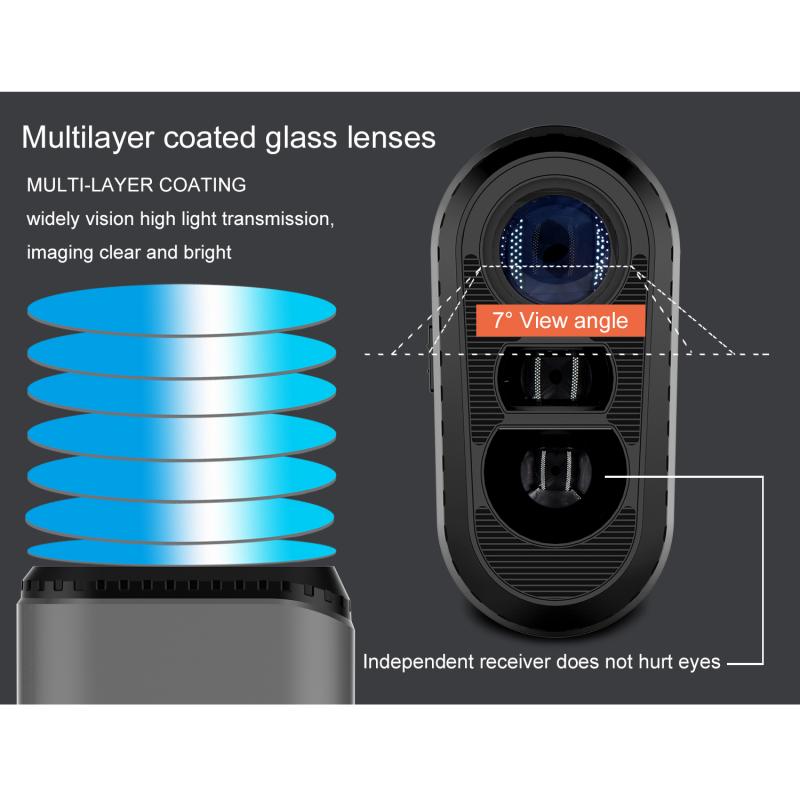
2、 Factors affecting the accuracy of golf rangefinders: slope, weather conditions.
Golf rangefinders have become an essential tool for golfers of all skill levels, providing accurate distance measurements to various targets on the course. However, it is important to understand that the accuracy of golf rangefinders can be influenced by several factors.
One of the primary factors affecting the accuracy of golf rangefinders is the slope of the course. Most rangefinders are designed to measure the horizontal distance to the target, but they may not account for the elevation changes caused by slopes. This can lead to inaccurate distance readings, especially on hilly courses. To address this issue, some rangefinders now come with slope-adjusted technology, which calculates the actual distance by factoring in the slope. However, it is worth noting that the use of slope-adjusted rangefinders may not be allowed in tournament play.
Weather conditions can also impact the accuracy of golf rangefinders. Factors such as rain, fog, or extreme heat can affect the laser beam's ability to accurately measure distances. Raindrops or fog can scatter the laser beam, leading to inaccurate readings. Similarly, extreme heat can cause the air to become hazy, affecting the rangefinder's performance. However, advancements in technology have improved the performance of rangefinders in adverse weather conditions, making them more reliable.
It is important to mention that the accuracy of golf rangefinders has significantly improved over the years. Manufacturers are constantly working on enhancing the precision and reliability of their devices. Many rangefinders now boast accuracy within one yard, providing golfers with highly accurate distance measurements.
In conclusion, while golf rangefinders are generally accurate, factors such as slope and weather conditions can affect their precision. Golfers should be aware of these limitations and consider using slope-adjusted rangefinders or taking additional factors into account when necessary. Nonetheless, with advancements in technology, golf rangefinders have become increasingly accurate, providing golfers with valuable distance information on the course.
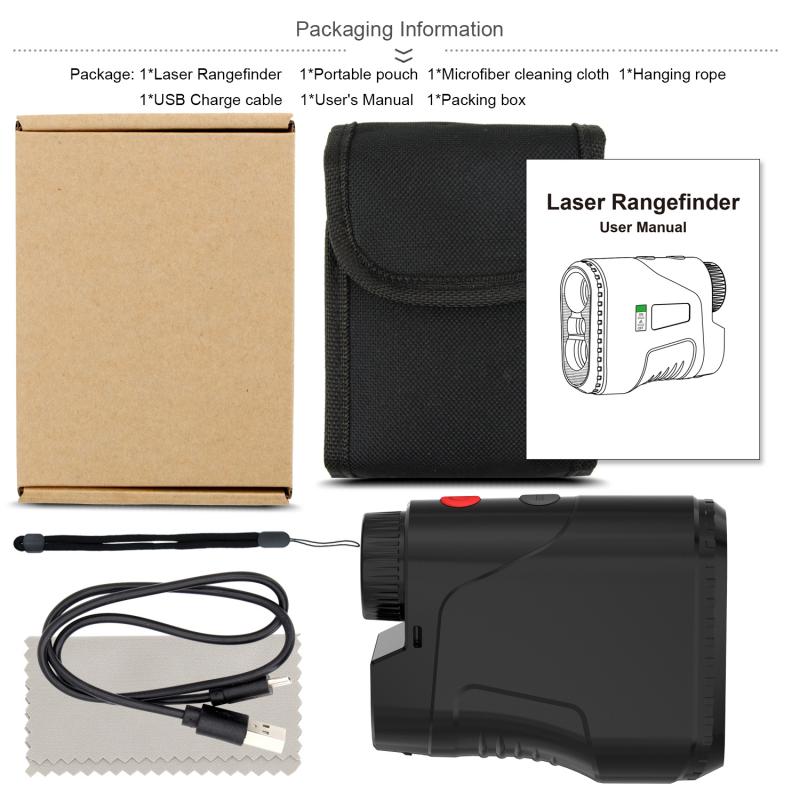
3、 The role of GPS technology in enhancing accuracy of golf rangefinders.
Golf rangefinders have become an essential tool for golfers of all skill levels, providing accurate distance measurements to various targets on the course. However, the accuracy of golf rangefinders can vary depending on the technology used.
Traditional laser rangefinders use a laser beam to measure the distance to a target. These devices are generally very accurate, with most models claiming accuracy within one yard. However, factors such as weather conditions, target reflectivity, and user error can affect the accuracy of laser rangefinders.
On the other hand, GPS rangefinders rely on satellite technology to determine distances. These devices use preloaded course maps and GPS coordinates to provide accurate measurements. While GPS rangefinders are generally accurate, they can be affected by factors such as satellite signal strength, course mapping errors, and user error in selecting the correct target.
To enhance the accuracy of golf rangefinders, many devices now combine both laser and GPS technologies. These hybrid rangefinders provide the benefits of both technologies, allowing golfers to obtain precise distance measurements regardless of the conditions. By using GPS technology to provide course maps and laser technology for precise targeting, these devices offer a high level of accuracy.
The latest point of view on the accuracy of golf rangefinders is that they have significantly improved over the years. Manufacturers are constantly working to enhance the accuracy of their devices by incorporating advanced technologies and improving the algorithms used for distance calculations. Additionally, the availability of real-time course updates and improved satellite signal strength has further improved the accuracy of GPS rangefinders.
In conclusion, golf rangefinders, whether laser, GPS, or hybrid, are generally accurate tools for measuring distances on the golf course. While there may be slight variations in accuracy depending on the technology used and external factors, the latest advancements in technology have greatly enhanced the accuracy of these devices, providing golfers with reliable distance measurements to improve their game.
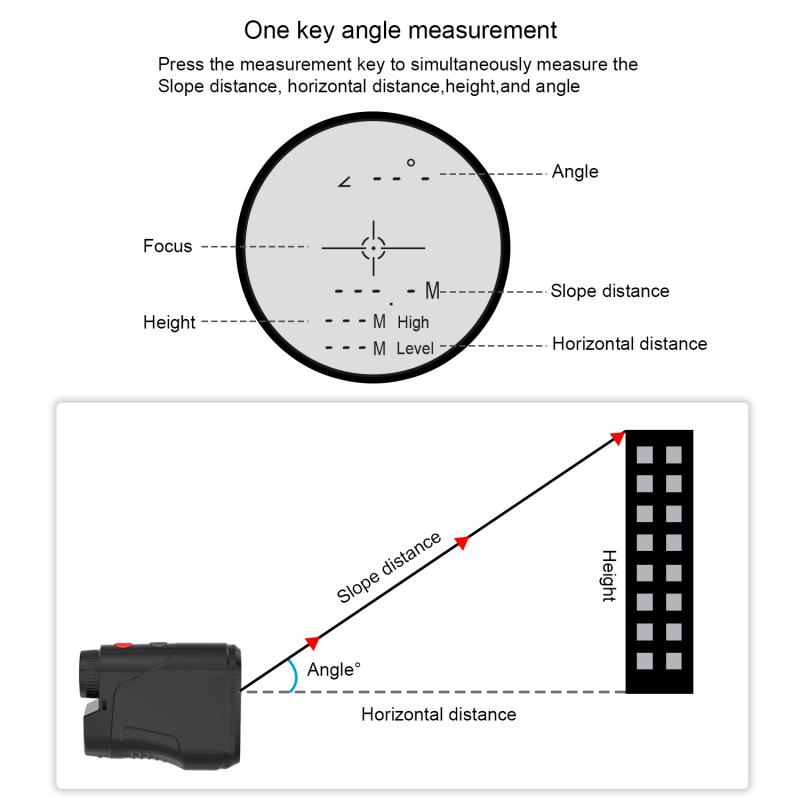
4、 User error and its impact on the accuracy of golf rangefinders.
Golf rangefinders have become an essential tool for golfers of all skill levels, providing accurate distance measurements to various targets on the course. However, the accuracy of these devices can be influenced by user error, which can impact their overall effectiveness.
User error plays a significant role in the accuracy of golf rangefinders. One common mistake is not holding the device steady enough while aiming at the target. Any slight movement can result in inaccurate readings, especially when measuring longer distances. Additionally, improper alignment of the rangefinder's crosshairs with the target can lead to inaccurate measurements. Users must ensure that the device is properly aligned to obtain precise readings.
Another factor that can affect accuracy is the user's ability to identify the correct target. Golf courses often have multiple objects that can be mistaken for the target, such as trees or bushes. If the user mistakenly measures the distance to the wrong object, the rangefinder's accuracy will be compromised.
Furthermore, environmental conditions can impact the accuracy of golf rangefinders. Factors such as fog, rain, or bright sunlight can interfere with the device's laser beam, leading to inaccurate readings. Users should be aware of these conditions and adjust their usage accordingly.
It is worth noting that advancements in technology have improved the accuracy of golf rangefinders in recent years. Manufacturers have introduced features like slope compensation and GPS integration, which enhance the device's precision. However, user error remains a significant factor that can affect accuracy.
In conclusion, while golf rangefinders have become highly accurate tools for measuring distances on the golf course, their accuracy can be influenced by user error. Holding the device steady, aligning it correctly, and correctly identifying the target are crucial for obtaining accurate readings. Additionally, environmental conditions can also impact accuracy. Golfers should be mindful of these factors and use rangefinders with caution to ensure the most accurate measurements possible.
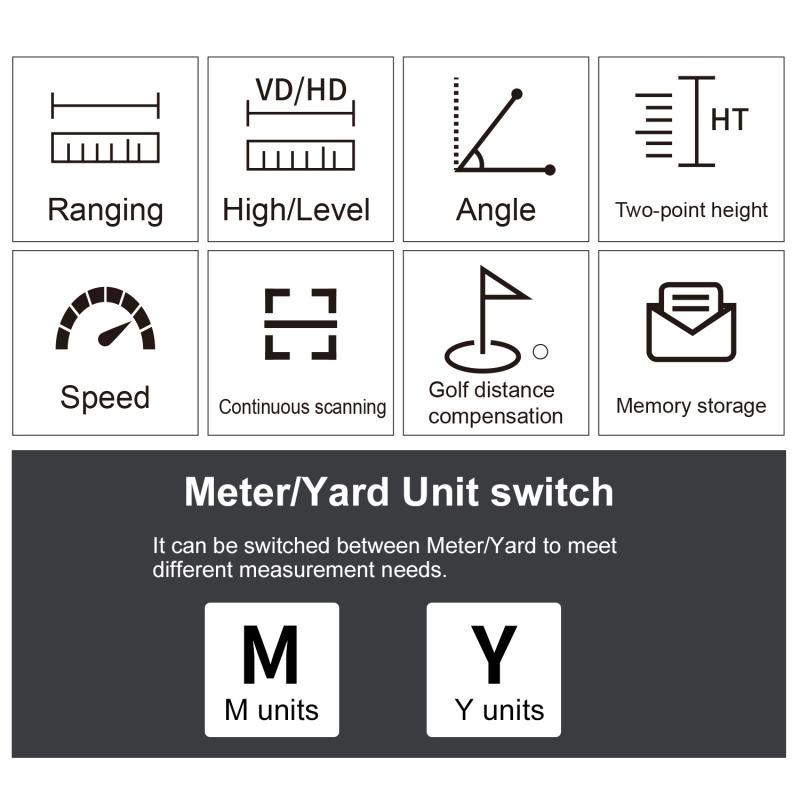

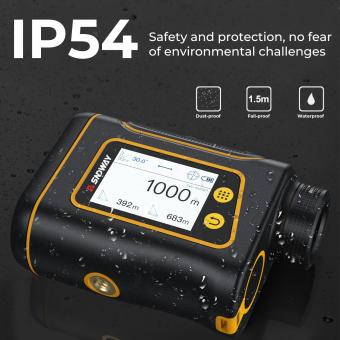

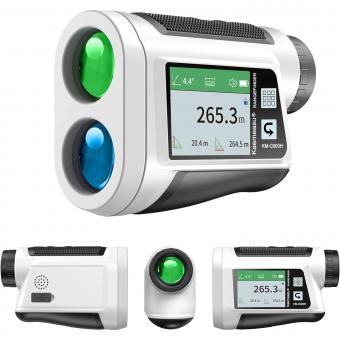

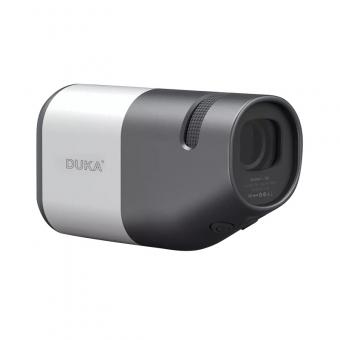
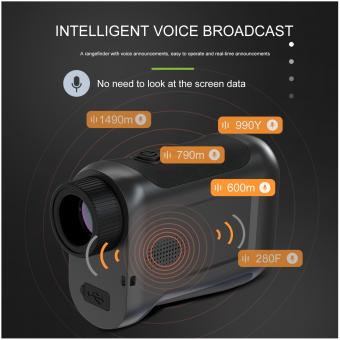

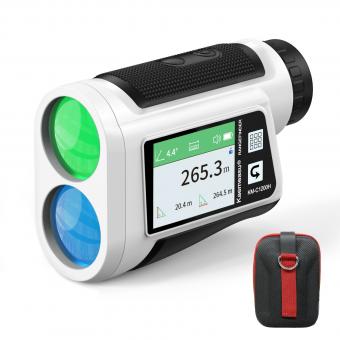

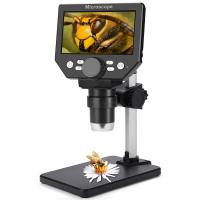
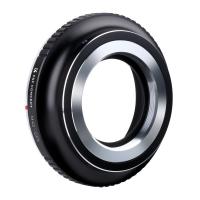
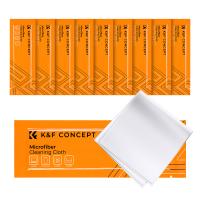


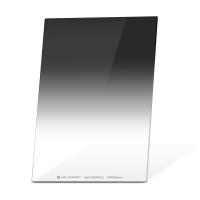

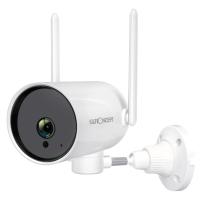
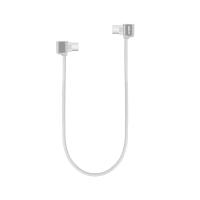

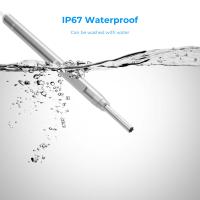
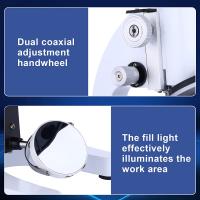
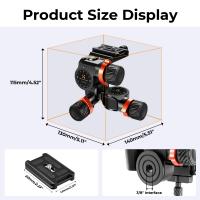
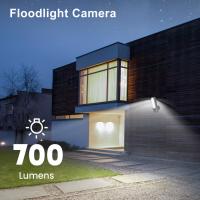

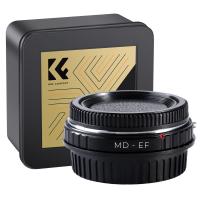
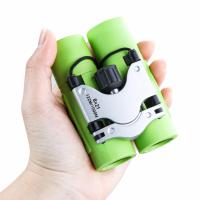
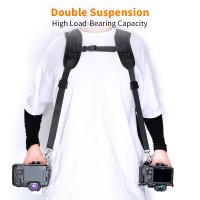


There are no comments for this blog.